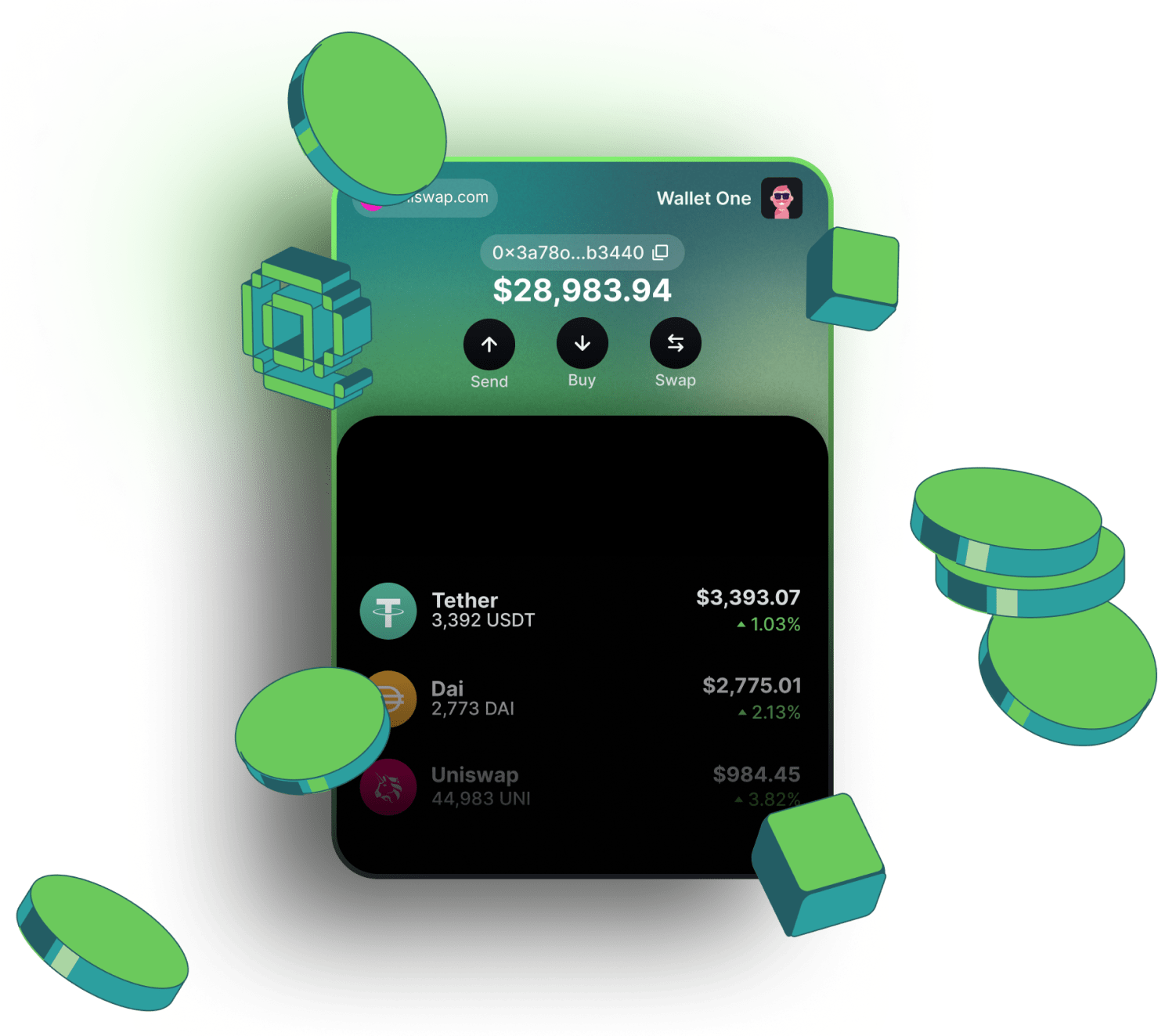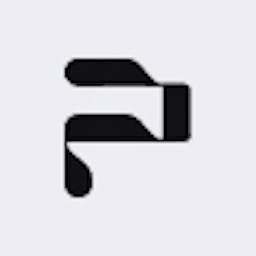Wigwam is the best  Telos blockchain crypto wallet
Telos blockchain crypto wallet

Why choose the Wigwam crypto app?
Work with Telos Testnets and Mainet
Buy Telos tokens, including native token, by using a credit card
Swap Telos-based tokens directly in the wallet
Possibility to connect the wallet to all Telos Blockchain dAps: DeFi, DAO, Gamings, etc
How to get a Telos address in Wigwam web wallet
Create a wallet in Wigwam
Choose a Telos network from the dropdown menu
Copy you Telos address
Telos Blockchain Review
Telos has positioned itself as the fastest EVM-compatible blockchain. It is a user-friendly, scalable blockchain designed for developers to deploy smart contracts and build cost-effective decentralized applications (dApps). It develops a decentralized ecosystem by distributing governance and decision-making authority across its network.
Origin and Vision
In 2018, a diverse group of 30+ community members, including software developers and innovators, launched the Telos blockchain to provide speed, stability, and decentralized governance. It offered high transactional throughput, processing 15,200 TPS and has a proven track record of zero unscheduled downtime, making it a reliable network for dApps development.
Key Milestones
In 2021, the development team launched Telos Ethereum Virtual Machine (EVM) to enhance compatibility with existing networks, tools, and applications. This transitioned Telos into a genuine Layer 1 network, facilitating the development of new blockchains utilizing Telos Zero Consensus. Also, by reducing transaction costs to 0.1%, Telos EVM ensures affordable high-volume and micro transaction applications.
Two years later, the Telos community backed the TEDP4 proposal by Telos Core Developers (TCD) and Telos Foundation (TF) to establish Telos as the primary blockchain for GameFi applications. With 99.46% approval from the 61.8M Vote Tokens cast, this advancement led to strategic collaborations with GameFi partners like Arcus, Altura, and GameStop, amongst others to drive new users into the web3 space.
What Consensus Algorithm Does Telos Blockchain Use?
Telos uses the Delegated Proof of Stake (DPOS) consensus algorithm, where TLOS token holders vote for validator nodes continuously. In DPOS, validators play a role in network security by producing blocks and validating transactions for rewards in TLOS tokens. The Telos protocol operates with a total of 42 nodes, but only 21 are active validators at any given time. These top 21 validators are selected based on the highest votes among block producers. The remaining 21 nodes serve as a safety net, ensuring continuity in case primary nodes encounter issues.
Also, Telos has mechanisms in place to prevent front running, a common issue in many blockchains where miners or validators can choose transactions based on the transaction fees offered.
How Telos Technically Solved Problems with Scalability, Decentralization, and Speed?
The Telos blockchain uses the Delegated Proof of Stake (DPOS) consensus algorithm to effectively address scalability, speed, and decentralization challenges. It makes the network scalable through validators responsible for producing blocks and validating transactions. Also, Telos EVM enhances transaction throughput with 0.5-second block times, faster than Ethereum's average of 12 seconds.
To achieve decentralization, this mechanism empowers the community to transparently make significant network decisions, such as upgrades and tokenomic changes, through the Telos Decide Governance Engine.
Who are the Main Players in the Telos Blockchain?
The Telos blockchain main players are:
- Developers
- Validators
- Token Holders
- NFT and DeFi users
DeFi Ecosystem on Telos
The Telos DeFi ecosystem offers dapps such as "Probit Global" and "Poolz Finance" for users to easily swap tokens and trade assets without intermediaries. Probit Global is a crypto exchange for users to trade digital assets, while Poolz Finance is a fundraising platform that empowers crypto projects to kickstart their journey and build their communities. Use the Wigwam DeFi wallet to participate in the Telos DeFi ecosystem.
Telos NFTs Marketplaces
Telos has made significant strides in the NFT space through the Telos NFT contest and Ardex accelerator program initiatives. The network has attracted over 100 NFT artists and offers various platforms for creating and trading artworks. Among the extensive network extensive collections is Altura, an NFT marketplace for creating, updating, and transferring digital assets in-game, or Joyn, a creative platform for users to compose, share, and remix ideas.
Tokenomics of the TLOS token and Gas Usage on Telos
The Telos token use cases are as follows:
- Governance: TLOS token holders can engage in the network's security and operations by using their tokens to influence decisions and vote on crucial network upgrades.
- Gas Fees (for Telos EVM): TLOS is used as a payment for executing transactions, sending tokens, and interacting with smart contracts, on the Telos Network.
- Resource Allocation (for Telos Zero): On Telos Zero, TLOS holders use the token to buy network resources to store, transact, and compute data on the Telos chain.
- Staking: Staking TLOS enables holders to earn compounded returns every 30 minutes, sourced from a community reserve and distributed to those staking $TLOS. Stakers receive approximately 8.41% reward rate annually.
Conclusion
Telos is a high-speed EVM-compatible blockchain with a rapidly growing Web3 community. The network supports over 10,000 transactions per second with almost zero transaction costs. Also, Telos is dedicated to empowering developers to build dApps for the best user experience.
FAQ
Users pay the gas fees on this blockchain using TLOS tokens.
Users can check Telos wallet activities via blockchain explorers, such as Teloscan and Telos Blockchain Explorer, amongst others. Teloscan allows users to monitor TLOS price, latest blocks, and gas prices.
Telos Blockchain Explorer provides information on the latest blocks and transactions along with timestamps.
This blockchain seamlessly integrates with various cryptocurrency wallets, including:
- Wigwam crypto wallet
- TokenPocket Wallet
- MetaMask Wallet.
Visit the official MetaMask website at https://metamask.io/download/, download and install the application. Set up your wallet with a password and recovery phrase, then go to the settings page. Click the network dropdown box, choose "Add Network," and enter the necessary network details, including name, URL, chain ID, and currency symbol. Save the settings, and you're ready to explore Telos network activities on your MetaMask wallet.
Key projects on the Telos blockchain cover NFTs and DeFi. Altura and Joyn are notable in the NFT category, while Probit Global and Poolz Finance represent DeFi initiatives.





